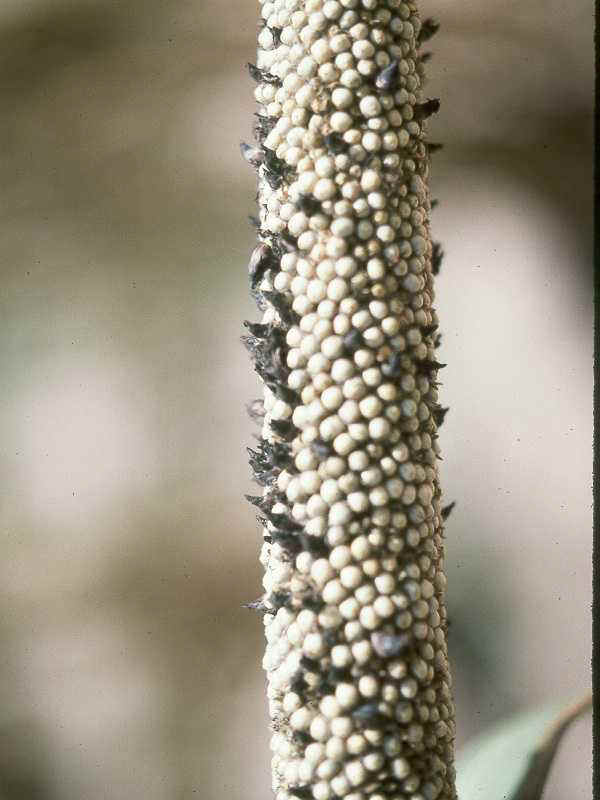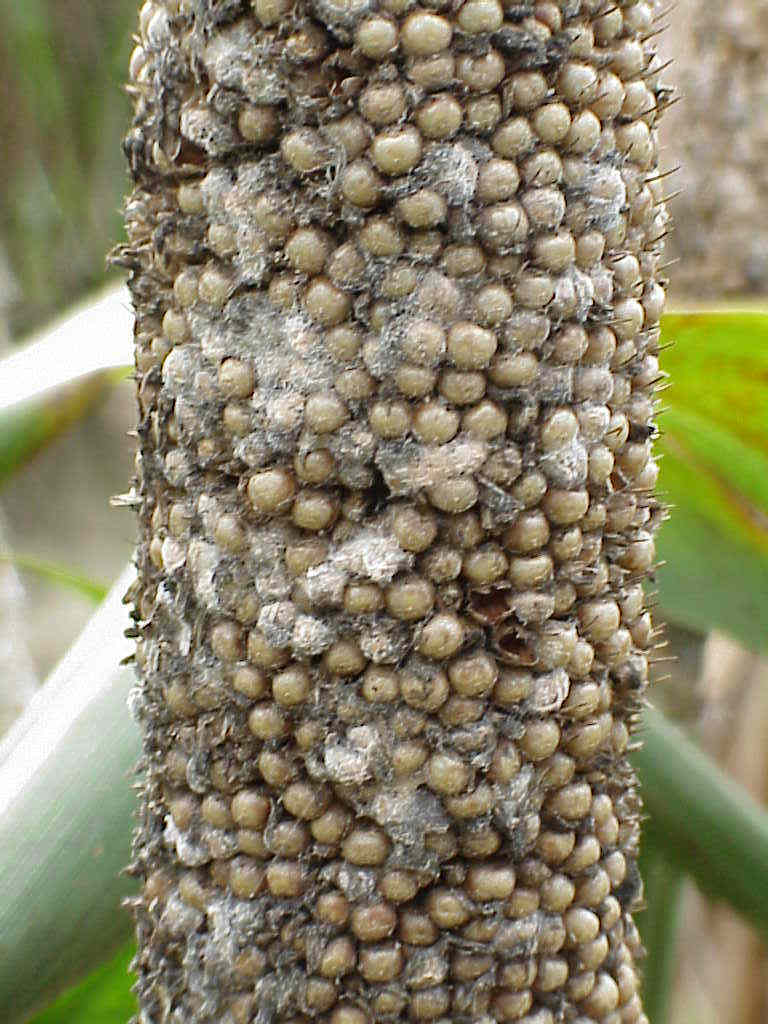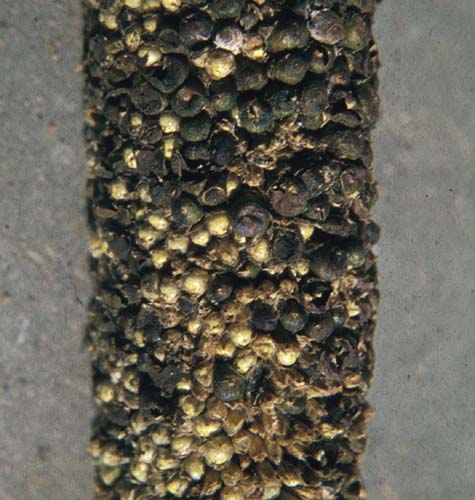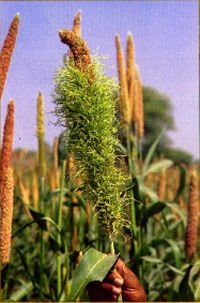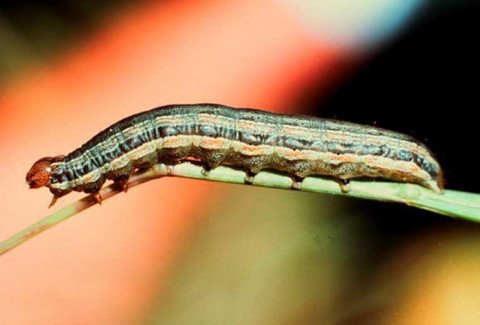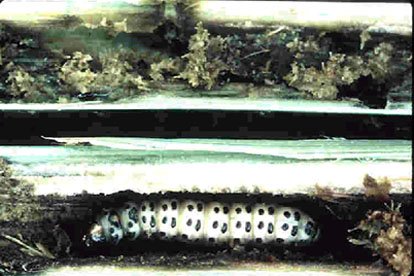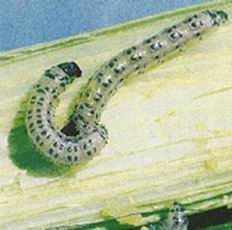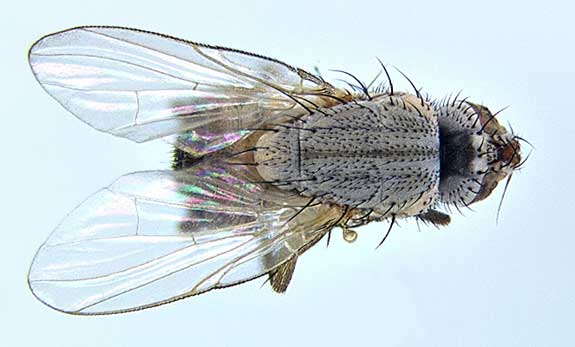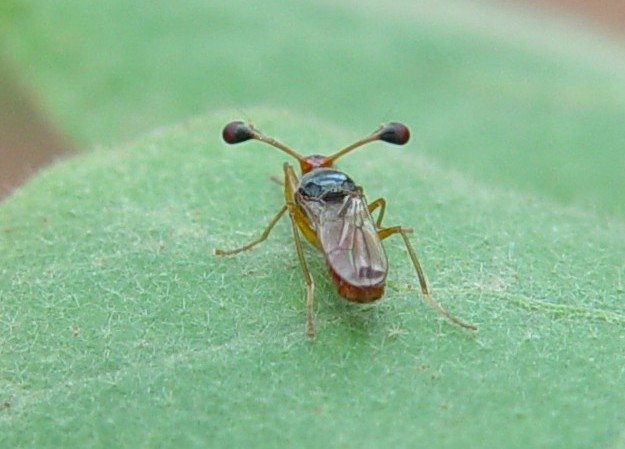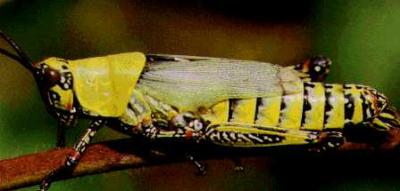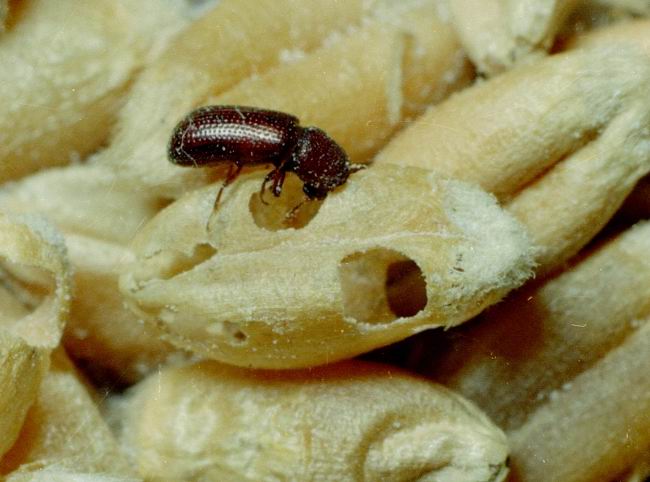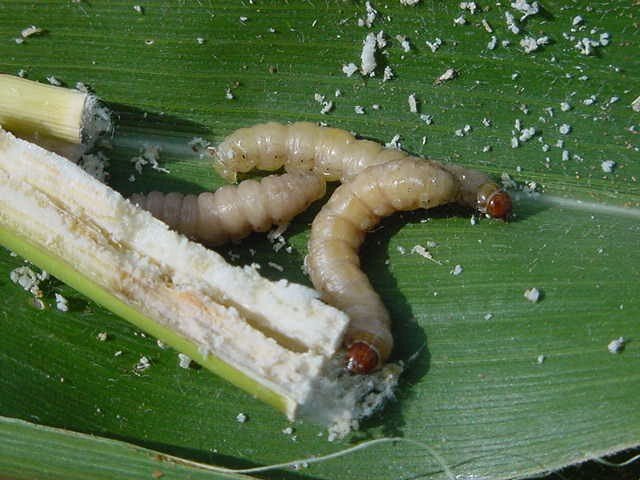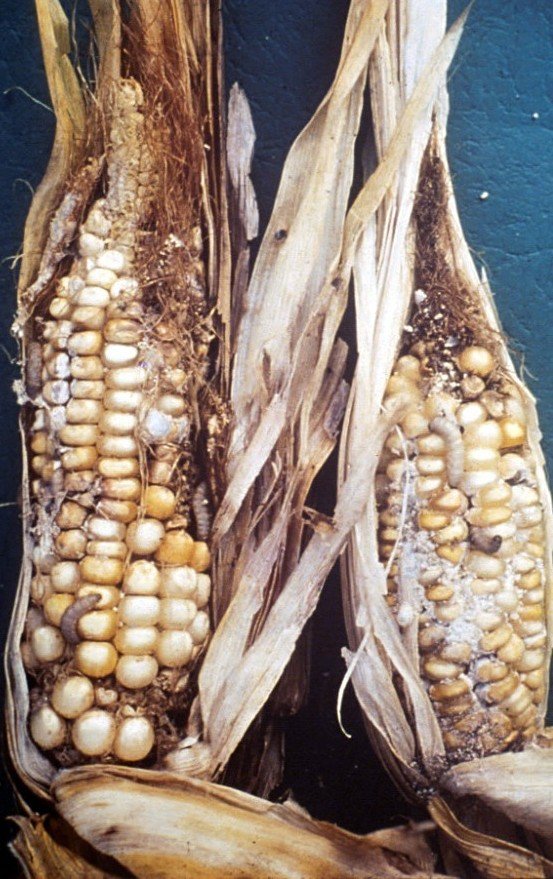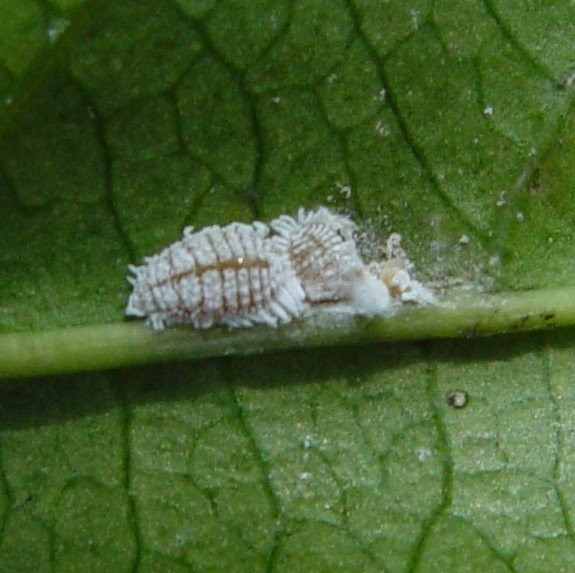Dr.iCow’s Diary
Date: 13.02.2020
Dear Dr.iCow,
Ni Sylvester kutoka Bomet. Kuna ng’ombe ambaye alikuwa mweupe (pepepe) na saa hii ni nyeusi (nyeusi tititi), shida ni nini?
My cow had a white hair coat and it has now changed to black, what could be the problem?
From: Sylvester, County: Bomet, Kenya.
Discussion:
The cow had a hair coat of white colour and now has changed to black. He has tried to give vitamins but there is no change but continue to get darker. Sylvester has different explanations on the colour change which is unusual and says he had another case similar to the current one and which responded to multivitamin treatment. Deficiency of some trace minerals like copper may precipitate the colour change.
Dear Sylvester,
The colour change of the cow’s hair coat could be due to nutritional and minerals deficiencies like copper. Other causes are chronic disease, mycotoxins, and liver damage by some plants toxins. For confirmation of the tentative diagnosis please call a vet doctor to take samples from the cow and the feeds for laboratory analysis. The condition could respond well to symptomatic treatment with minerals supplements containing the recommended and correct amounts of major minerals and trace elements that are essential for optimal health, growth of tissues like skin, hair and its pigmentation, bone structure and hooves, reproduction or fertility and milk production.
Please use minerals supplements from reputable companies like CKL-Maclik range, Vital range, Ultravetis and Unga brands. The cow may start to regain normal colour in a few weeks and fully regain after a few months of taking quality minerals supplements which are fed by free choice in a trough, top dressed on forages, or mixed with concentrates. A cow in full health should have a shiny well-groomed hair coat of normal colour.
Cattle hair coat colour change is a condition seen frequently in zero-grazed cattle and copper deficiency is suspected to cause the problem especially in animals not fed minerals supplements. The change of cattle colour respond well to treatment with minerals supplements containing recommended quantity of copper. Copper is a heavy metal and has important functions in the animal’s body like growth, immunity development and reproduction. Feeds from areas low in copper content, their intake results in primary copper deficiency.
There are some elements e.g. zinc, iron, molybdenum and sulphate when present in high amounts form complexes with copper and interfere with its availability to the body resulting in secondary copper deficiency.
Thank you
From your friend and advisor,
Dr.iCow
